A new cultural revolution is underway in China. China, under Xi Xingping’s is now following a new approach; “tolerance of Buddhism, Taoism and other religions.” Perplexing it may sound, but it is a clever approach to manage the downfall in China’s global perception ratings. The sustained oppression of Tibetans, their culture and religious practices, as well as the obliteration of Uyghur Muslim’s religious identity has hit China’s image very badly. Today, China is seen as an oppressor state where religious minorities have no right, and more importantly no voice.
Religion in China: A Historical Context
China has had myriad of local belief systems characterized by multiple local Gods and Goddesses, even Gods for each professions. Along with local beliefs, Confucius, the great philosopher, a contemporary of Lord Buddha, also influenced religious life in China. With the arrival of Buddhism in 2nd century, the worship of Lord Buddha also became a part of Chinese religious life. However, Buddhism adopted many local influences as well, and that in due course of time came to be known as “Buddhism with Chinese Characteristics.” Taoism, China’s own religion also held a great sway on the Chinese. Along with structured religions, the worship of local deities, like Goddess Mazu, in south coastal regions also continued. Arrival of Christianity and Islam also influenced China but it was not as profound and far reaching as Buddhism. In short, religious life in China was a complex confluence of Buddhism, Taoism and local rituals. The Emperor of China was a pivotal religious figure in China and that is still followed in peculiar ways in Today’s China where the cult worship of Mao and now Xi Xingping has become the norm of Chinese propaganda.
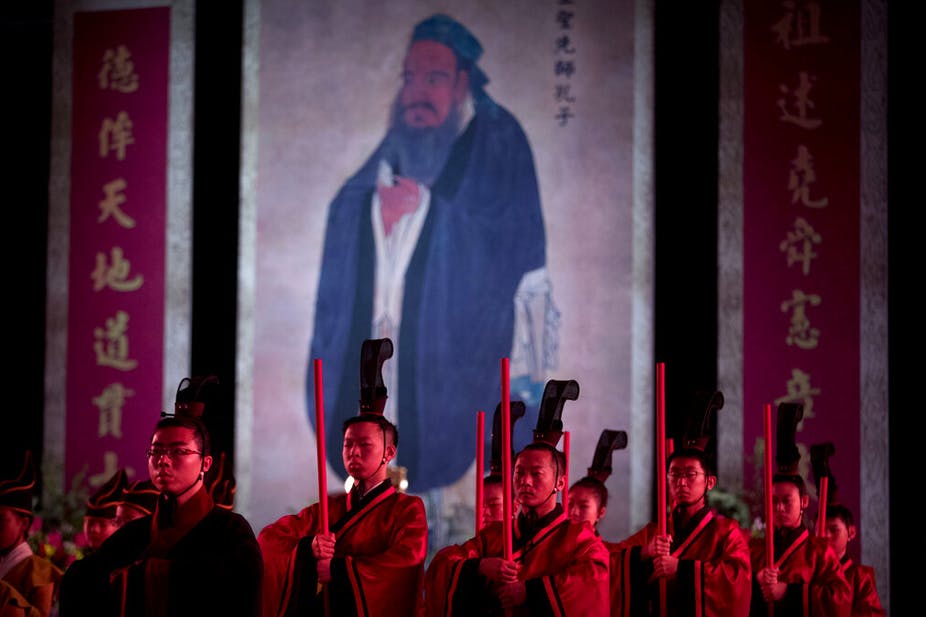
Image credit: Mark Schiefielben
Early Years of Communism
For the first seventeen years, between 1949 and 1967, the Chinese Communist Party followed policy of “tolerance of religion.” However, in context of Tibet, there was brutal oppression of the Buddhist monks; many were disrobed and sent to manual labor camps. Communist party, under the leadership of Mao, considered religion-a relic of feudal past. Many temples and monasteries were destroyed and desecrated by the communist leadership. This was a particularly brutal phase in Tibet.
Years of Cultural Revolution (1967-1978): Cult of Mao and CCP as religion
This phase was particularly brutal. All the religions were shunned and there was not even a semblance of tolerance to religious life. Temple and monasteries were overtaken by the CCP. Mao was worshipped as the cult figure and communism and its tenets sought to replace religious code of conduct.
China mandates Chinese Flags for Mosques and Churches
Years after Mao (after 1978)
Under Deng Xiaoping, the communist leadership began a slow reversal of policies with regards to religion. There was a spiritual void in lives of Chinese that could not be replaced by communists at all. The policies of pre-cultural revolutions were put in place. This phase saw a renewed tolerance of Chinese Buddhism and Taoism. However, Tibetan Buddhism, a more structured form with divine guidance under His Holiness the Dalai Lama was oppressed even more. In context of Tibet, the policy of Chinese has been very oppressive. The resistance of Tibetans founded on the basic teachings of Buddha proved too much for the atheist CCP leadership.
After Tianmen Massacre
Tianmen Square massacre dismantled the CCP’s efforts to mainstream communism as a way life. Chinese felt increasingly disoriented with the Communist ideologue. This was the lowest point in global image of China. The support to Tibet and His Holiness the Dalai Lama was at its highest. There was a global support to Tibet and its independence. The Chinese tolerance to Tibetan Buddhism began to take shape but it was not a result of its guilt, it never had any. This was mandated by the dent in the image of China as a modern nation.
What’s behind China’s new found tolerance to Buddhism and other religions
It will be naïve to assume that Xi Xingping has had some enlightenment. The readjustment in political rhetoric and discourse on religion is a result of seeking “Image Makeover for China.” For CCP leaders, “Chinese Buddhism and Taoism are seen as increasingly important channels for realizing the party’s political and economic goals at home and abroad.” as explained by an expert on Chinese affairs.
Expectation from Tibetan Leadership
China is wary of the fact that His Holiness is the most revered figure for Buddhists all over the world. Xi Xingping realizes this well that he will never be able to match the reverence and respect that the Supreme Buddhist spiritual leader has. Tibetan leadership needs to dismantle the Chinese efforts to give a Chinese makeover to Tibetan Buddhism. There is absolutely nothing like Tibetan Buddhist life with Chinese characteristics. There is need to expose Chinese efforts to obliterate the originality of Tibetan Buddhism with a communist makeover.

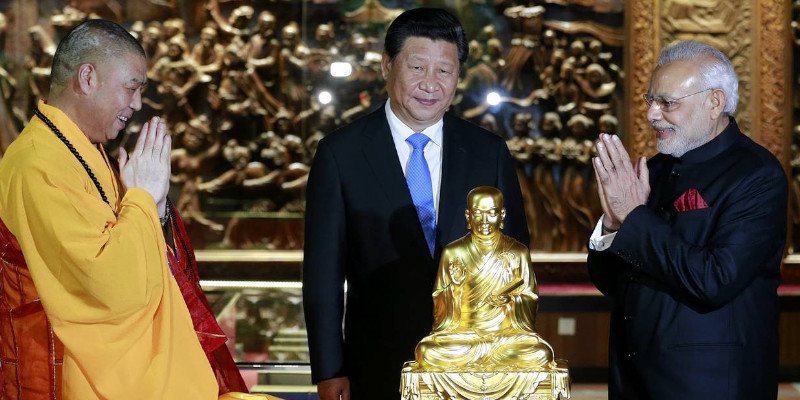

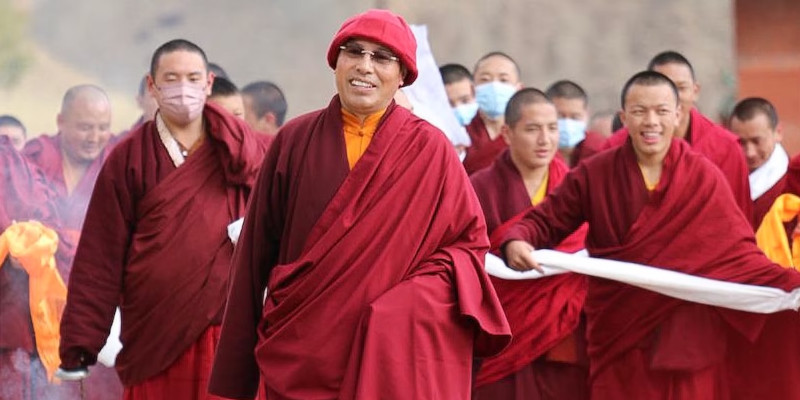
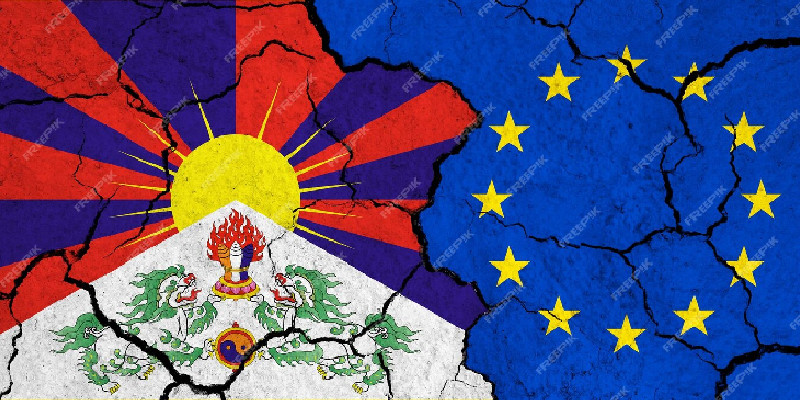
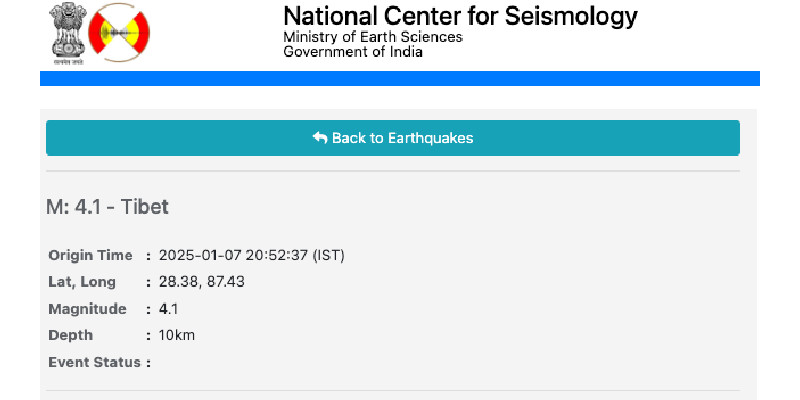
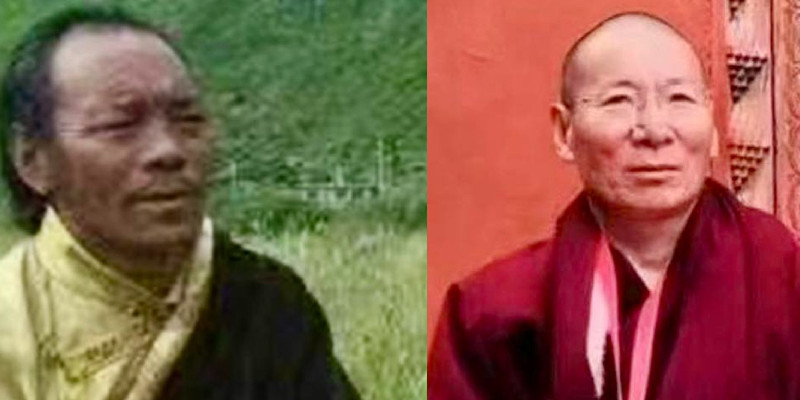
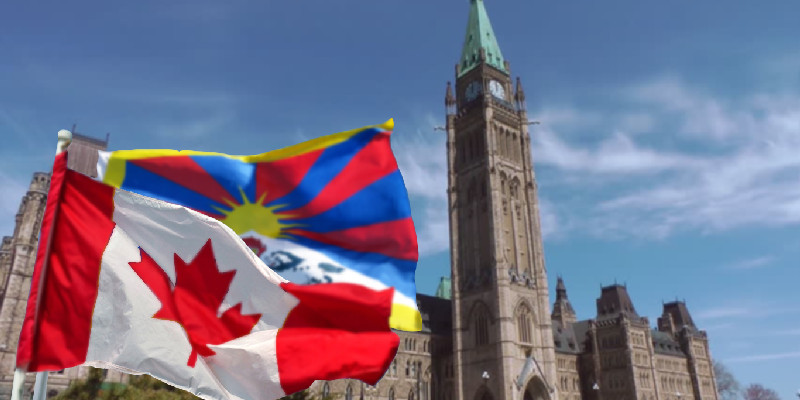
Leave a Reply